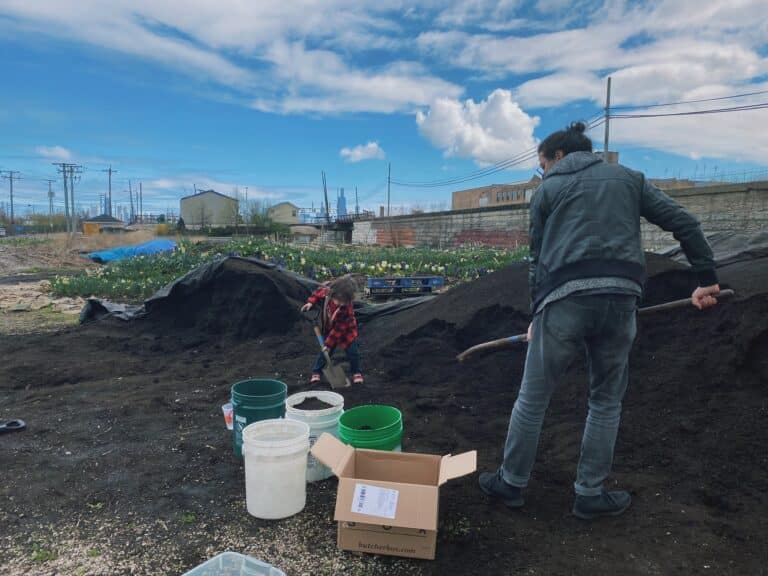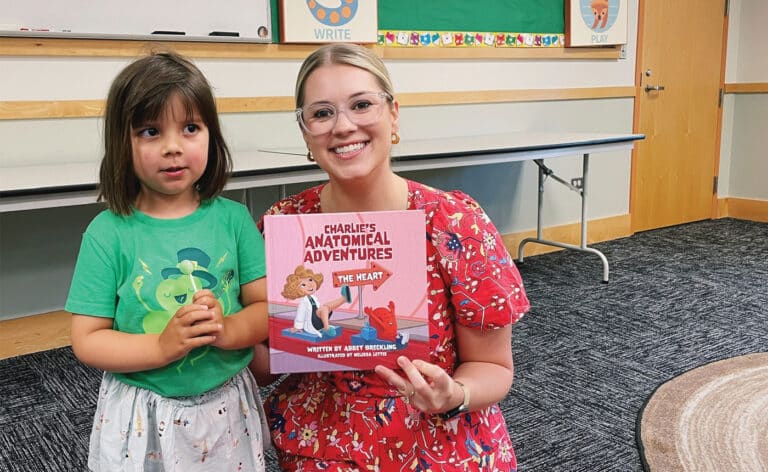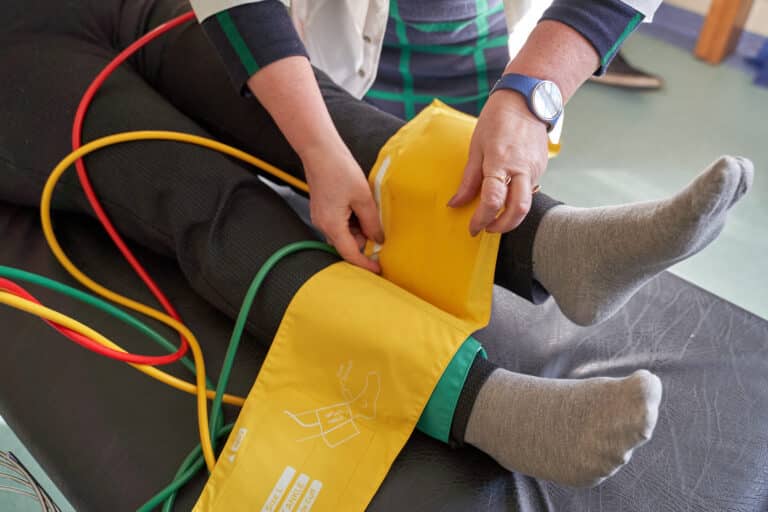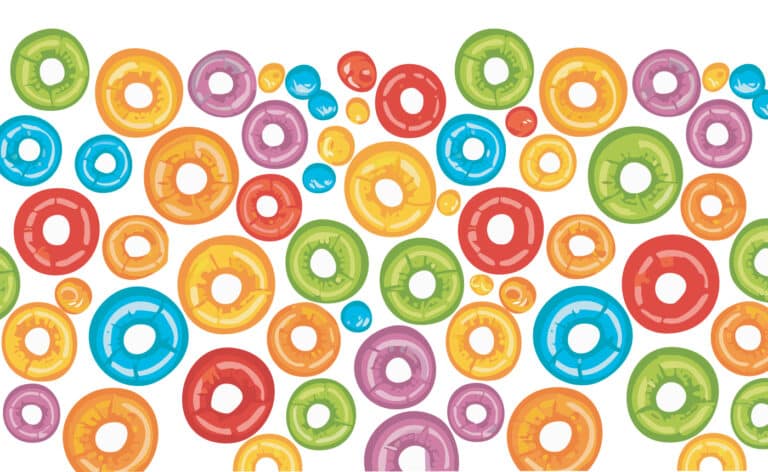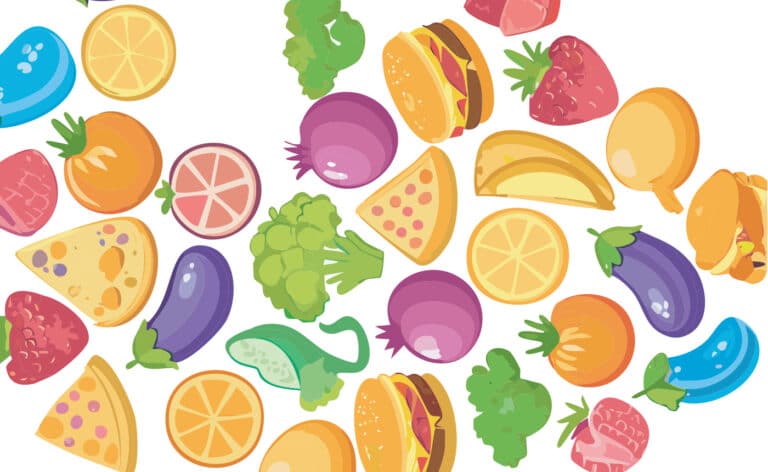Renee Frixen had experience with children and food-based allergies. As a teacher of a student with a peanut allergy, she was trained to use an epinephrine autoinjector (the common brand name is EpiPen), just in case of an emergency.
But nothing prepared her for taking care of her nephew, who often curled up in pain after eating certain foods. The Chicago mother of three young children quickly brushed up on what she could, and couldn’t, feed her nephew whenever she looked after him while his mother worked.
“My sister and I [went] through this experience together since he’s her eldest, and we didn’t grow up with any allergies,” Frixen says. “Since he was in my care for 10 hours a day, he would eat several of his meals with me, and I had to be careful what I would feed him.”
Frixen became a food-label reader, even routinely rereading the ingredients of items she regularly bought because she wanted to make sure that the manufacturer hadn’t changed anything, such as adding milk or soy, ingredients that had caused a known reaction in her nephew. And, because she watched several kids at one time, Frixen often created meals from scratch because then, she says, she would know exactly what went into the meal, and everyone could eat the same thing, which made her nephew feel less stigmatized.
Christine Szychlinski, APN, CPNP, manager of the Food Allergy Program and coordinator of the Food Allergy Community Education Program at Children’s Memorial Hospital, is quick to point out that not all reactions to food are allergies. “Classic signs include itching, rash, difficulty breathing and swallowing,” says Szychlinski. “But to be considered a food allergy, those symptoms need to happen reproducibly and appear within minutes to two hours, not a day later.”
Six million children have food-based allergies in the United States. Most common food-based allergies among children include milk and eggs, peanuts and tree nuts, which include almonds, cashews and walnuts, according to Szychlinski. Seventy percent of those allergic to milk and eggs will outgrow the allergy, but Szychlinski prepares parents of children with peanut or tree-nut allergies for a lifetime of watching labels because the chances of them outgrowing it are 15 and 8 percent, respectively.
Szychlinski recommends that adults who are caring for a child in their home who has a food-based allergy fully understand the responsibilities and be prepared to take swift action if an episode occurs.
“My advice to any adult is to ask the parent what should be done in case of an incident,” Szychlinski says. “If something happens, minutes can make a difference, so be prepared to administer the EpiPen if necessary, call 911, and only after those two things happen do you call the parent. Minutes matter.”
Jon Kataoka agrees with Szychlinski that if you need to react, do so quickly, but also keep calm. As a Chicago parent of two young boys with food-based allergies, and a firefighter by training, he says, “You need to stay calm, so you [can] tackle the situation at hand.”
Frixen recommends being prepared. Get a list of things from the parent of the allergic child that the child can, and cannot, eat. These parents should also provide a snack that their child can have while in someone else’s care. It’s important not to make the youngster feel out of place. Worrying about allergies shouldn’t be part of the daily routine. Kids have enough to worry about. And so do parents.
The information provided by Chicago Health: Top Doctors & Hospitals is not intended to substitute or replace the professional medical advice you receive from your physician and is not designed to diagnose or treat a health problem, condition or disease. Please consult your physician or healthcare professional with any questions or concerns you may have regarding the diagnosis or treatment of a health problem, condition or disease or the information provided herein.

Megy Karydes’ specialties include health, food, architecture and social justice. She’s an adjunct professor at Johns Hopkins University.


